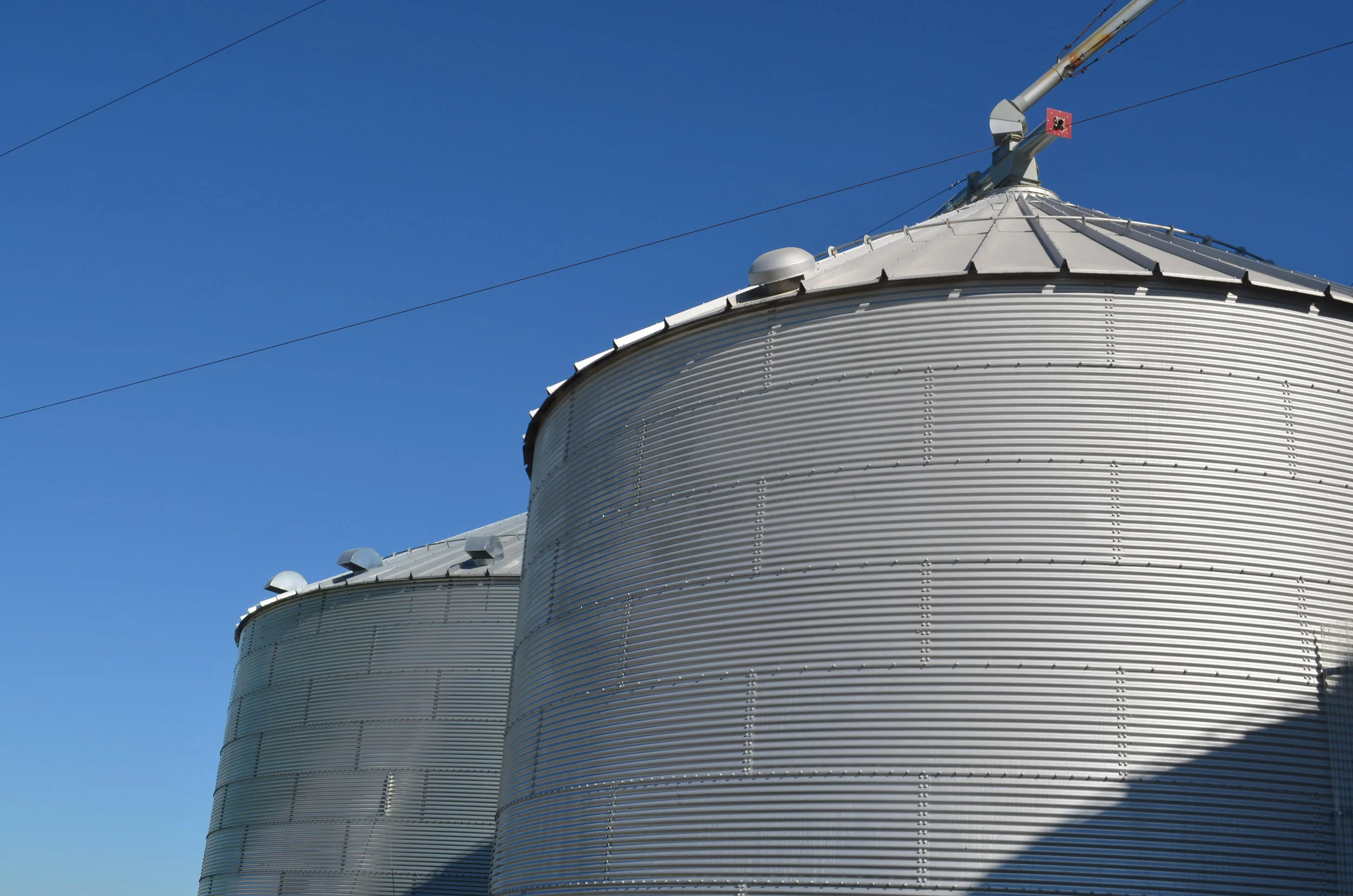In an ongoing effort to bring production of rye grain back to Kentucky, Woodford Reserve today announced a five-year commitment to purchasing the grain from local farmers while working with the University of Kentucky to conduct research.
Read MoreCorn harvest is now underway and Kentucky grain farmers will soon decide if and how much wheat they will plant this fall. Compared to last year there are significant increases in wheat and soybean prices, major increases in all fertilizer prices, and fuel prices that have almost doubled. The following analysis quantifies these relative changes to estimate the profitability for crops harvested in 2023. The analysis includes estimated returns comparing double-cropped wheat/soybeans with full-season soybeans for the 2023 crop, and the likely implications for Kentucky grain farmers.
Read MoreAn initiative to bring rye back to Kentucky is underway but more help is needed from local distilleries.
Read MoreSpecialty small grains (e.g., cereal rye, hard red winter wheat, and malting barley) are a vital input into products like artisan bread, craft beer, and bourbon. Therefore, there are potential opportunities for Kentucky farmers to supply various specialty small grains to support the expansion in these markets.
Read MoreThe end of the 2018-19 wheat marketing-year is quickly approaching so this article will provide a few comments about the old-crop wheat and set the groundwork for the new crop balance sheet and the supply and demand factors affecting the U.S. marketing year average price.
Read MoreFor wheat, the supply estimates have been mostly finalized by October with adjustments in January’s final projections for the crop-year. USDA projects the 2018 wheat yield at 47.6 bushels/acre, a 1.3-bushel increase over 2017, on 39.6 million harvested acres. USDA projects total wheat production at 1.88 billion bushels. The larger wheat crop is off-set by a smaller carry-in and reduced imports with supply projected to increase by 45 million bushels from 2017-18 (Table 1).
Read MoreCompared to last year there is a modest increase in wheat prices, and a significant decrease in soybean prices. These changes will make planting wheat more attractive relative to last year. The following analysis attempts to quantify the extent of the relative change in profitability for crops harvested in 2019.
Read MoreThe USDA reports reveal the potential for a bullish wheat market based on declining U.S. stocks as well as reduced stocks and production in major exporting countries.
Read MoreThe November WASDE made minor changes to the 2017-18 wheat supply and demand projections, which is typical as there is little new production or demand information until the “final” estimates in January.
Read MoreKentucky grain farmers are harvesting corn and are getting to the point where they will decide if and how much wheat they will plant this fall. The main changes this year are a modest increase in wheat prices, a small increase in soybean prices, and a slight decrease in nitrogen prices. These changes will make planting wheat more attractive relative to last year. The following analysis attempts to quantify the extent of the relative change in profitability for 2017. The analysis includes estimated returns comparing double-cropped wheat/soybeans with full-season soybeans for the 2018 crop, and the likely implications for Kentucky grain farmers.
Read MoreU.S. farmers produced lower volumes of a very good SRW crop for marketing year 2017/18. This SRW crop has uniformly low dockage, good test weight, somewhat lower protein, very good kernel size and weight, low DON values and no notable pockets of low falling number. Flour extraction rate is somewhat lower than last year. That is a good summary of results from USW’s 2017 SRW Quality Survey Report, now posted online at www.uswheat.org/cropQuality.
Read More











